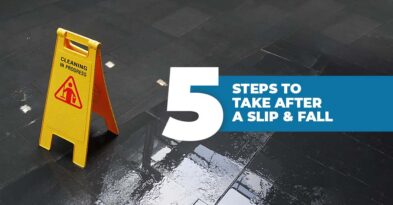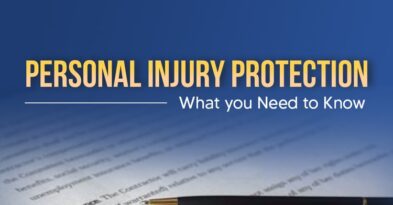What Is A No-Fault Accident?
ALLOW ME TO EXPLAIN A NO-FAULT ACCIDENT FROM A STRANGER’S PERSPECTIVE:
Floridians, you live in a strange place. In no other part of the country have I watched someone turn left on red or where state inspections (and emissions) weren’t mandatory every couple of years. Neither of the former even exists in your state. I have never lived anywhere where you can get a ticket and have either the points “forgiven” for “promising to attend” any state-approved driving course (and just about anyone can be approved these days) OR have this place called “The Ticket Clinic” nearly resolve any violation for the right price.
I have never lived somewhere where monsoons lasted less than thirty minutes, leaving just as quickly as they appeared. I have never lived in a place where the majority of the population was primarily transient, hailing from northern states and cities where it snowed in feet and hailed and had sleet and black ice; these same people seemingly forgot how to drive once they landed in the sunshine state” to the point where they completely lose all of their northern-born driving abilities to light rain or mist.
And for the vast majority of the population that hasn’t migrated to this very hot, very flat, grid-like paradise where you can reach crystal clear waters or get attacked by an alligator in less than an hour (depending upon the direction of your choosing); Florida is very much a “no-fault state.”
WHAT IS A NO-FAULT STATE?
Most of the United States requires a determination of fault, therefore making the at-fault driver responsible for any damages. Unlike most of the country, Florida is one of the remaining 12 states that essentially play roulette when determining fault. This is one of several reasons our law firm highly recommends drivers invest in PIP (personal injury protection) insurance; bottom line, with PIP, you’re covered. In a nutshell: you never really know what you’ll be responsible for; thus, you make the intelligent choice and blanket yourself in protection (PIP is not as expensive as it sounds).
WHAT IS A NO-FAULT ACCIDENT?
The easiest way to explain this is to compare at-fault and no-fault accidents. Imagine the accident is the same in both instances; in an at-fault scenario, the method(s) used to determine who is ‘at-fault’ are based on what your common sense may tell you; from police reports to eyewitnesses, even evidence (and the state laws documenting how to identify evidence). For 38 of the United States, this is common knowledge and practice. Floridians kindly asked us to “hold my beer” with this one.
This is where the genius starts to show: Florida decided it was far too challenging to make the correct assessment when determining who was indeed at fault in accidents. Enter the no-fault approach; everyone must carry insurance because if we don’t get it right 100% of the time, why try at all? Therefore everyone is at-fault, which ironically means it is no fault. Well played, Florida.
WHAT IS NO-FAULT INSURANCE (PIP)?
No-fault insurance is actually a good idea. That said, I have recently discovered that Chris Rock actually did the best job in explaining the very fabric of PIP insurance to the average working American:








